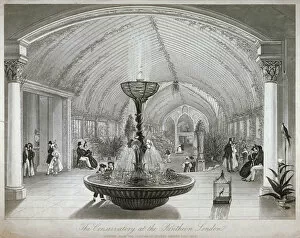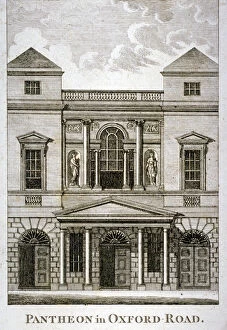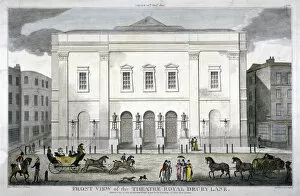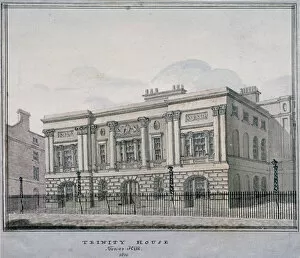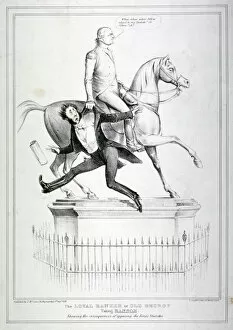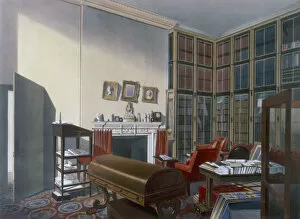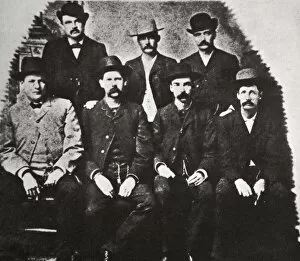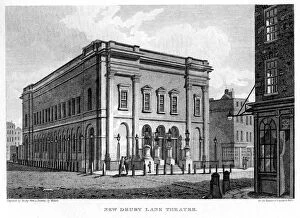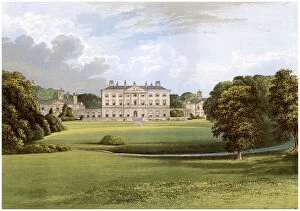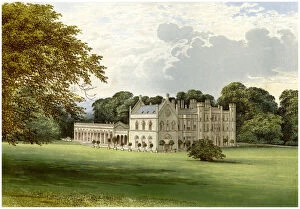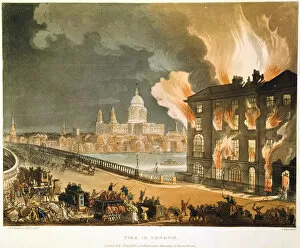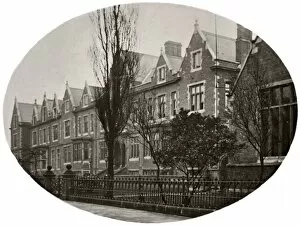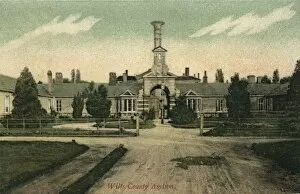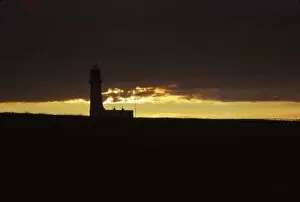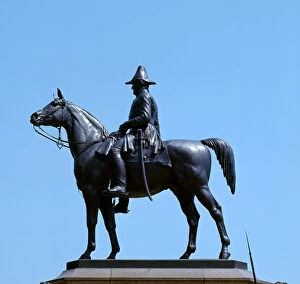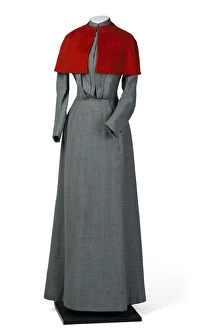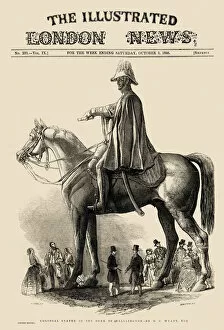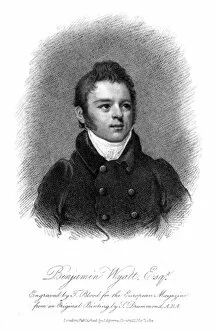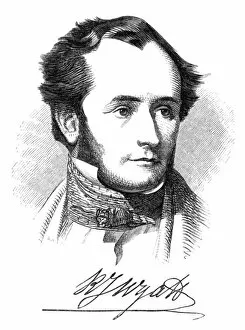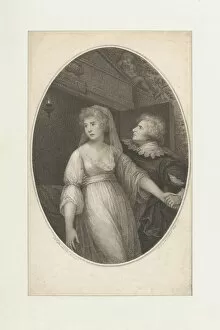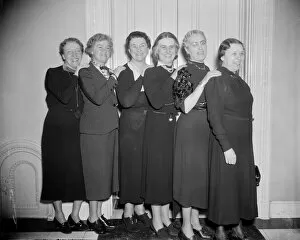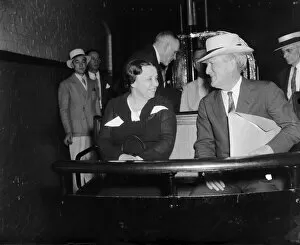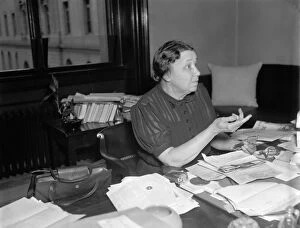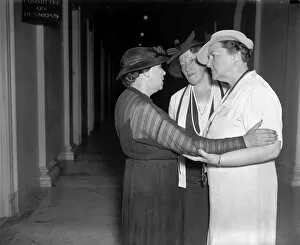Wyatt Collection (#2)
"Exploring the Enigmatic Life of Wyatt: From Stone Asylum to Dungeness Lighthouse" Wyatt, a name that echoes through history
For sale as Licensed Images
Choose your image, Select your licence and Download the media
"Exploring the Enigmatic Life of Wyatt: From Stone Asylum to Dungeness Lighthouse" Wyatt, a name that echoes through history, has left its mark on various intriguing locations and events. Journeying from Stone Asylum in Aylesbury, Buckinghamshire to Pynes House in Exeter, Devon, we uncover the enigmatic tales associated with this captivating name. One notable figure bearing this moniker is Thomas Wyatt, whose legacy intertwines with that of Holbein. Their artistic collaboration produced timeless masterpieces that continue to mesmerize art enthusiasts today. Venturing further afield, our path leads us to Ireland's County Mayo where Westport House stands as an architectural marvel. This grand estate carries the imprint of Wyatt's design prowess and serves as a testament to his creative genius. The annals of history also unveil another facet of Wyatt's persona - that of an American lawman. The Dodge City Peace Commission saw him play a pivotal role in maintaining order during tumultuous times in 1883 (1954). A photograph from this era captures Wyatt Earp's resolute gaze and unwavering determination. Delving deeper into British heritage, Elvaston Castle emerges as yet another remarkable creation attributed to the Earl of Harrington and dating back to c1880. Samuel Wyatt's ingenious touch can be witnessed at Hooton Hall in Cheshire – an architectural gem nestled amidst picturesque surroundings. Not confined solely within the realms of architecture or law enforcement, our journey takes us towards Kent's rugged coastline where Dungeness Lighthouse stands tall since 1843. Its stoic presence serves as a beacon guiding ships through treacherous waters for centuries past. As if these accomplishments were not enough for one name alone, we encounter yet another fascinating connection - when "the King" himself graced English cricket team members with his regal presence. An extraordinary moment captured forever in time where royalty meets the realm of sports.

